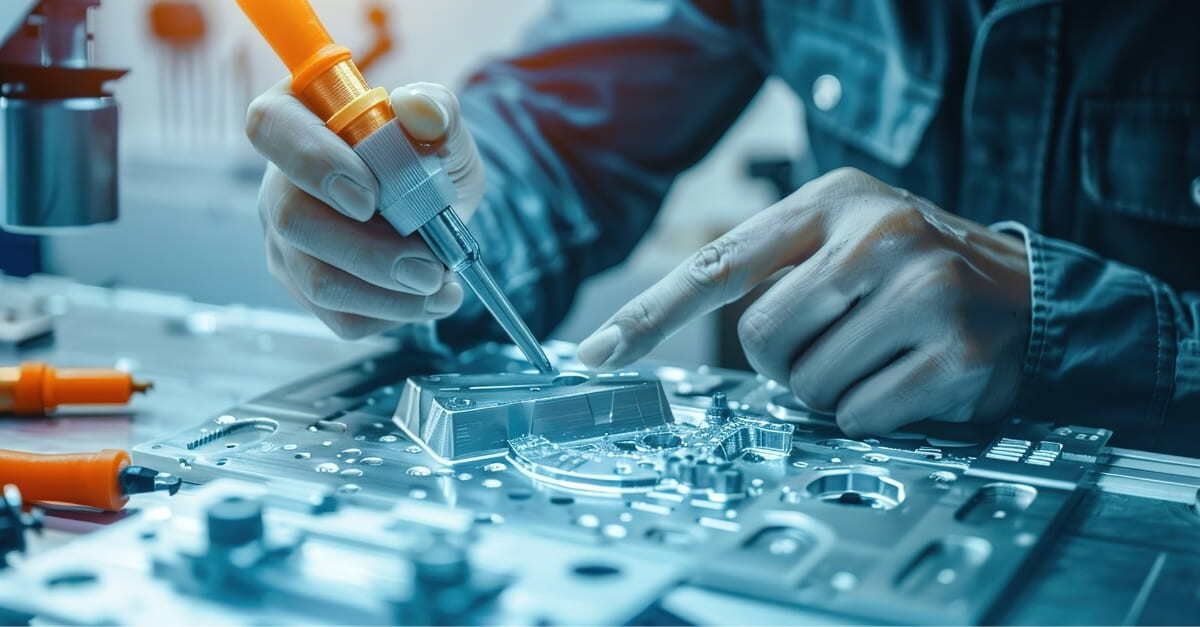How to Ensure Your Product Meets MIL-STD-810 Requirements
.jpg?width=800&height=400&name=unnamed%20(5).jpg)
If your product is expected to operate in harsh or unpredictable environments—whether on the battlefield, in emergency response, or even in rugged industrial settings—you’ve likely heard of MIL-STD-810.
MIL-STD-810 is a United States Department of Defense standard that outlines a wide range of environmental test methods for determining how well a device holds up under extreme conditions. These tests simulate real-world stressors like temperature shock, vibration, humidity, sand and dust exposure, and more. But contrary to popular belief, MIL-STD-810 is not a one-size-fits-all checklist—it’s a flexible standard designed to help you validate that your specific product can withstand the specific conditions it will face.
In this blog, we’ll walk through exactly what it takes to meet MIL-STD-810 standards. To do that, you first need to understand your product’s intended use case.
First, Consider Your Use Case
MIL-STD-810 includes dozens of environmental test methods, each simulating a different kind of real-world stress—from high-altitude pressure and explosive atmospheres to repeated mechanical shocks and salt fog exposure. But not every product needs to pass every test. The standard is meant to be tailored to the environment your product will actually encounter, which is why use-case planning is your first—and most critical—step.
Before jumping into design or material selection, you need to develop your product requirements document (PRD). This document outlines what your product needs to do and how it will do it, and one key aspect of it should be what environment it’s working in and how it’s supposed to perform there:
- The intended use case and operating environment (temperature range, altitude, moisture, etc.)
- Expected handling conditions (vibration, shock, drop scenarios)
- Any relevant compliance standards, such as specific MIL-STD-810 methods
- Durability goals based on customer or application expectations
By clearly defining your operating environment up front, you avoid over-engineering in some areas and under-engineering in others—resulting in a more efficient, cost-effective product that’s fit for purpose.
MIL-STD-810 Must Be Considered Early in the Design Process
MIL-STD-810 standards shouldn’t be an afterthought, but rather designed into the product from day one. Below, we’ve outlined some key areas where these standards must be considered in the design process.
CAD Modeling
In the early design phase, CAD modeling plays a critical role in simulating how your product will behave under stress. For example, if you're designing a push-to-talk device for military radios, your CAD model must allow for appropriate PCB and electronics protection, precisely engineered gaskets and sealing interfaces, and materials that are appropriate for the environment of the product. If you wait until testing to address these factors, you're likely facing costly redesigns and delays.
Design for Manufacturing (DFM)
Design for Manufacturing (DFM) ensures your product isn’t just theoretically rugged—it’s also practically manufacturable. Every component must be engineered with consistent, repeatable production in mind. At DEM, this means bringing together our engineering, production, and quality departments early in the process to validate that the product can be built to spec every time.
Material Selection
Material selection is another make-or-break decision that must align with your MIL-STD-810 requirements. The right materials can protect your product from temperature extremes, shocks and impacts, UV and chemical exposure, salt fog, saltwater immersion or fluid contamination. When you work with DEM, the specific materials that we recommend consider the environmental stressors it will endure while still being conscious of weight for the use case.
Testing Your Product
Once your product is designed and built to withstand the environmental conditions defined in MIL-STD-810, it’s time to validate that performance through testing.
MIL-STD-810 lays out detailed test procedures across a wide range of categories, including:
- High and Low Temperature – Operability in extreme heat or cold, including temperature shock.
- Humidity – Resistance to moisture buildup and internal condensation.
- Sand and Dust – Durability against particulate infiltration in dry, desert-like environments.
- Salt Fog – Corrosion resistance for maritime or coastal applications.
- Shock and Vibration – Structural integrity during transport, impact, or repeated motion.
- Immersion – Submersion in water, often tested at various depths and durations.
- Altitude and Pressure – Performance in low-pressure, high-altitude environments.
- Radio Frequency Interference – Ensures reliable performance near strong radio signals.
- Electro-Magnetic Interference – Confirms the device can operate without causing or being affected by EMI.
Each method includes very specific procedures, including setup, duration, cycles, and recovery evaluations. To meet the standard, you must follow the correct method, simulate the correct environmental condition, and clearly document every step.
Work With DEM for MIL-STD-810 Compliance
At DEM Manufacturing, we understand that products designed for high-stakes environments don’t get second chances. That’s why we help you get it right the first time.
From early-stage design to performance validation, our team ensures every detail is engineered to meet the demands of MIL-STD-810. We’ve developed rugged electronic components for:
- Defense
- Law enforcement
- Healthcare
- And other mission-critical applications
On top of this, our vertically integrated operation allows us to take products from concept to production in as little as 10 weeks, without compromising on quality or compliance.
If you’re creating a MIL-STD-810-spec product, talk to an expert at DEM to accelerate development, reduce risk, and meet the standards that matter most.

Craig Padula
Craig Padula is the president of DEM Manufacturing, a fully integrated U.S.-based OEM specializing in the product development and manufacturing of a wide range of electronic and mechanical devices. DEM is constantly adding new innovative products to its portfolio in the areas of defense, aerospace, and medical. He leads DEM’s focus on growth, capability expansion, and new talent, helping customers reduce risk and get products to market faster. Craig holds a B.S. in Mechanical Engineering from the University of Dayton and resides in Auburn Township, Ohio, with his wife, Hollie, and two children, Nico and Rocco.

 By
By


